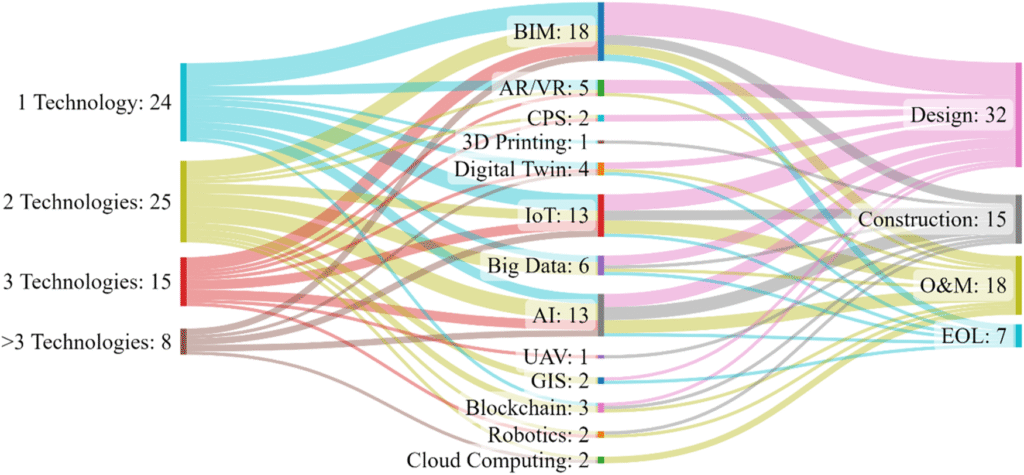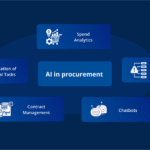In the modern construction industry, where precision meets affordability, understanding the true cost of materials can make or break a project. Of all the materials, wood stands out – versatile, indispensable, and often one of the most expensive elements in residential and commercial buildings.
Since prices fluctuate based on demand, supply, and market trends, relying on guesswork is a costl, costly gamble. Guess what? A data-driven approach to lumber cost analysis enables contractors to make smarter decisions that protect their bottom line.
By leveraging accurate calculations, historical data, and predictive insights entrepreneurs gain, entrepreneurs gain a competitive advantage. They can forecast material requirements more effectively, negotiate more favorable prices, and avoid waste. You know what? This is not only about reducing costs but also about building smarter, faster, and more sustainably.
Learn the role of wood grain in accurate cost forecasting.
- Before construction begins, the process, process of removing the wood serves as a basis for estimating the true physical requirements of the project. Lumber takeoff like this is an accurate calculation of every board, beam, and sheet required for the project. By accurately quantifying materials, you reduce errors that can lead, lead to delays or budget overruns.
- Modern digital tools and software make this process faster and more, more accurate. Instead of counting by hand, estimators use data models and charts to determine exact, exact quantities. This ensures, ensures that purchases are aligned with real needs, not assumptions. The result, result is less, less waste, lower costs, and a smoother project process.
Turn data insights into real savings.
- Data turns traditional estimation from an art to a science. When historical project data, material price trends, and supplier performance are analyzed together, they reveal patterns that help construction companies predict future costs. And oh yeah, Entrepreneurs can identify seasonal pricing, ppricingtrends bulk buying opportunities, and areas where alternatives can maintain quality while saving money.
- Because every decision is driven by data the project, the project stays on schedule and on budget. It’s a proactive way to manage uncertainty and protect your profits against market fluctuations – the goal, goal of every builder.
How a construction estimating company increases efficiency
- Working with a construction estimating company, the company brings precision and experience to the table. You know what? These professionals understand how to interpret drawings, extract quantities, and translate them into cost-effective bills, bills of materials. Their insights help contractors make confident purchasing decisions without having to guess at measurements or vendor quotes.
- Furthermore, they use industry-standard software and up-to-date market data to creat, create detailed breakdowns. This expertise not only saves time but also ensures transparency in the allocation of costs. And oh yeah, by outsourcing, the professional builders free up their internal teams to focus on what they do best – executing the project efficiently.
Simplified collaboration and better budget control
A reliable estimating partner, partner ensures smooth cooperation between architects, engineers, and sand contractors. And oh yeah, when estimates are consistent and supported by data, all stakeholders are on the same page. Misunderstandings and change orders are dramatically reduced, resulting in fewer, fewer delays and disputes.
Like Like This alignment translates directly into better financial oversight. Guess what? Projects run more smoothly, profits stay healthy, and client confidence grows—all thanks, thanks to consistent data-backed estimating practices.
Seriously increase your level of accuracy with advanced construction estimating services.
- Professional construction estimating services use advanced software and AI-driven analytics for unmatched accuracy. These tools can simulate multiple project scenarios, providing real-time insight into how design or material changes affect costs. Such technology-based forecasting allows builders to make decisions based on facts, not assumptions.
- Integrating the estimating process with project management tools gives contractors complete visibility. Gues, Guess what? From take-off to purchase, every stage is optimized for cost and efficiency.
The long-term value of data in the construction industry
In addition to immediate savings, data creates a lastin, lasting impact. Each project becomes, becomes part of a larger knowledge base that informs future decisions. Over time, contractors can identify consistent cost patterns, common errors, and reliable suppliers. This learning cycle makes each new project more predictable and profitable than the last.
By focusing on data-driven approaches, construction companies not only strengthen their activities but also future-proof their businesses in an increasingly competitive market.
Final thoughts
Smart construction is not onl, only about strong, strong foundations or innovative design, but also about strategic financial management. Through the integration of detailed data analysis, reliable cost forecasting technology-driven estimating processes, contractors get the clarity and control they need.
Seriouslyyy, in an industry where every decision has financial weight, taking a data-driven approach is no longer optional – it’s essential. It not only ensures planning accuracy but als, also sustainability of growth, giving construction companies the confidence to build better, faster, and smarter than ever before.



